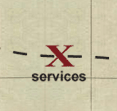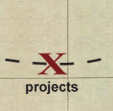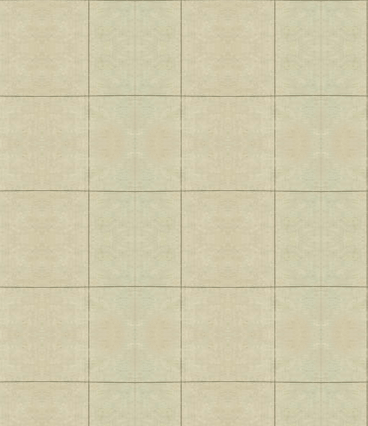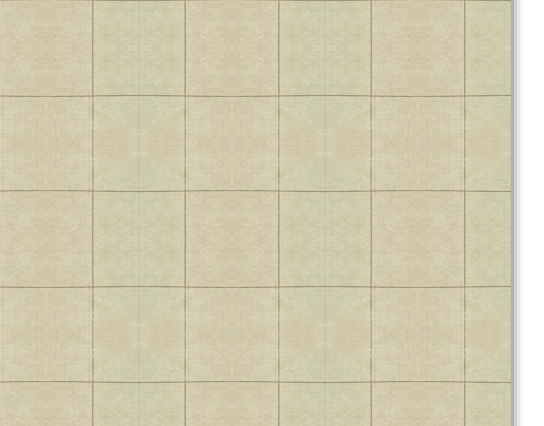








VISUAL EFFECTS and MINATURES
Sometimes called "VFX" or "SFX", visual effects are used to create shots that are considered dangerous, too expensive, or otherwise impossible to achieve in camera. The term "Visual Effects" loosely encompasses a number of techniques including miniatures, motion control, traveling mattes, matte paintings, 2-D and 3-D CGI, and animation, either with models, flat artwork, or CGI.
A visual effect is broken down by elements. Want stars in the night time sky? Original shot (1), plus a star background (2). Want your actor in the cockpit of a spaceship with other ships racing by outside, firing lasers at each other? Actor on set against a blue or green screen (1), miniature ships against blue or green screen or CGI models (2), a star field (3), and animated laser fire (4).
How about a period piece with an actor looking at a landmark that no longer exists? Actor on location or sound stage (1), or an actor against a green or blue screen (1a), a matte painting to add the landmark back in (2), or a model or digital model of the landmark (2a). For additional detail, moving clouds could be added to the background (3), and vintage aircraft, either CGI or miniature, could be placed into the sky (4-6, depending on the number of craft).
Miniatures can be used for a variety of purposes, from the obvious to the very subtle. Need to blow up a major landmark? Clearly, you can't blow up the real Empire State Building, so a miniature is an obvious choice. Don't want to run that $100,000 car over a cliff? Miniature. Can't get permission to film that very private estate, but you desperately need an establishing shot of something that resembles it? Miniature. Need a location that doesn't exist, like a futuristic airport or a bizarre structure built by a super-villain? Miniature.
CGI can often be used in these cases, but miniatures are tried and true, and often exhibit characteristics that can't be captured in CGI - real dust and weathering, light reflection and refraction, aerial haze, and if photographed outside, the exposure range and realism achieved with natural sunlight. In certain cases, the combination of miniatures with CGI elements is the best of both worlds, using the computer to create elements that are difficult to miniaturize, such as splashing water, distant fire or sparks, and columns of smoke.
The size of a miniature is usually determined by what it needs to do. If it needs to explode, bigger is better. In cases of detail, bigger is also better, but not essential. In the case of something unusual, like a landscape or a human figure, special techniques have to be employed, like sculpting and foam spraying. Of particular interest is the foreground or hanging miniature, a technique where in a model is placed in the foreground of a live-action shot, blending with it seamlessly and creating a finished shot in camera.
The methods used to create visual effects can vary wildly, and the method is usually determined by budget. The top effects facilities can cover the range from models to CGI, motion control to motion capture, but not everyone can afford them. Pirate Pictures has cost effective alternatives, and their crew members have done it all, from helping the Titanic sink to assisting Gonzo in his flight through space. Over 100 of our in-camera effects grace the comic epic KUNG-FU RASCALS, over 220 shots ranging from miniatures to complex composites help round out our own GUARDIAN OF THE REALM, and we were able to integrate digital gunfire seamlessly into TAPESTRY OF SHADOWS. We also have access to pyrotechnic experts whose credits include many prime time television shows and theatrical features.

